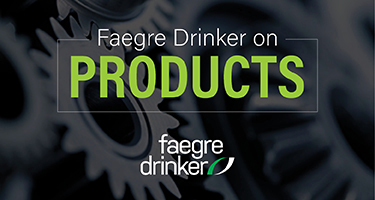By the time the COVID-19 pandemic began, society was well into the so-called “Digital Age,” relying heavily on electronic communications, apps, websites, and the like to go about daily activities. Everything from ordering food to taking the bus to work could be achieved and tracked through a simple app. During the pandemic, the reliance on electronic mediums went from preferable to necessary, as many businesses shut down and transitioned to a remote or online-only presence.
The escalation of the digital age has led some manufacturers to consider electronic warnings for their products, through the manufacturer’s website, by providing a QR code, or by recommending (or requiring) the consumer to download an app. Even the American National Standards Institute (ANSI) has bought into digital warnings. ANSI’s Z535 standards provide guidance for product manufacturers related to the size, content, and location of warnings. Recently, ANSI created a subcommittee on warnings in electronic media and is in the process of developing a new standard, ANSI Z535.7, for safety information in electronic media. This new standard is expected to be published by December 2022. The FDA has also recently utilized electronic means to communicate information regarding the COVID-19 vaccines. In October 2021, the FDA published three Consumer Fact Sheets for the three currently authorized vaccines on its website and included a QR Code linked to the “most recent” COVID-19 Vaccine Fact Sheets.
Continue reading “Going Paperless: What Manufacturers Need to Know Before Digitizing Warnings”

